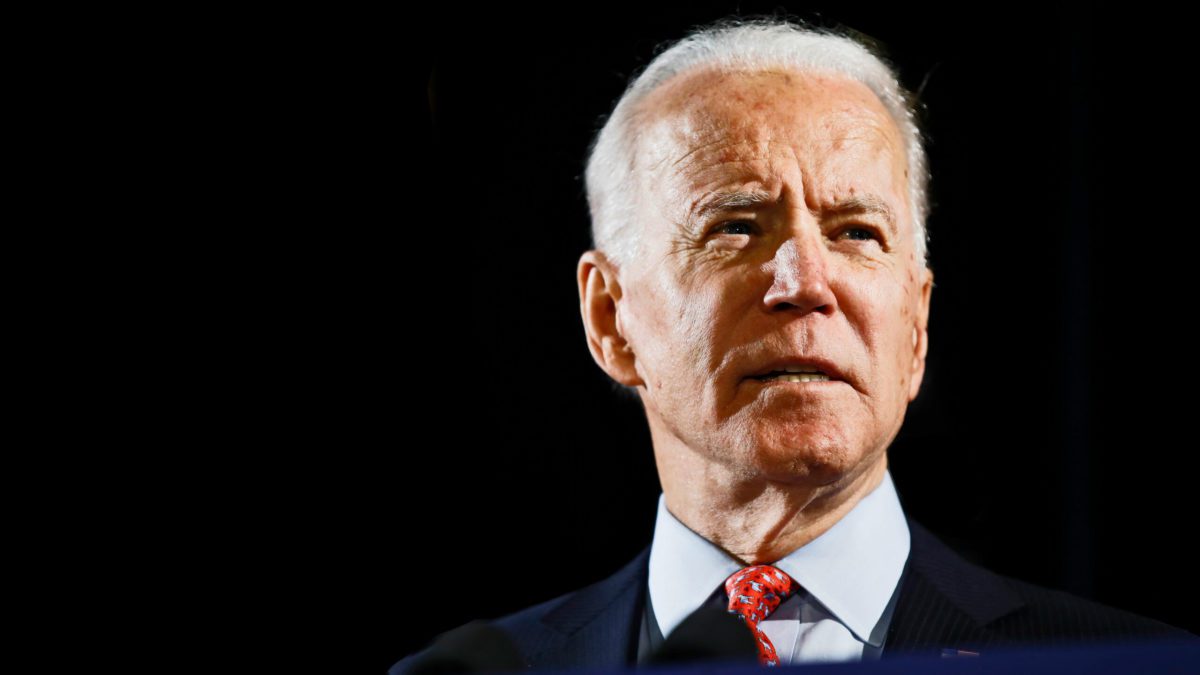‘More of the same’ for Oz, US seeking growth at all costs
In this regular quarterly analysis, we assess the key economic events of the March quarter and seek to identify key opportunities or drivers for the years ahead.
Australia
Government bond rates were the story of the quarter, with the Australian 10-year yield, an important input into property and other asset valuations, reaching a multi-year high of 1.8%. This comes after bottoming at 0.72%. The driver was increasing inflation expectations. These were driven by a GDP result that smashed expectations, with the Australian economy growing 3.1% in the quarter, putting us among the fastest-growing in the developed world.
Experts had predicted 2.5% growth but an unexpected jump in consumption (up 4.3%) was the biggest driver. As usual, exports remain the key input to the recovery, with private investment including housing also jumping 39% amid the low-interest-rate environment. Signs of a housing bubble continue to grow with huge property demand amid limited supply being spurred on by low rates, however, expect the regulator to intervene before too long.
Unemployment figures were the highlight, falling to 5.8% from 6.3% ahead of the end of JobKeeper in March. It is clear that Government stimulus was required to navigate 2020, despite headlines suggesting it was overdone. Wage growth remains well below expectations. The Reserve Bank doubled down on its money printing policy, extended and doubling the program as it seeks to keep the economy supported amid an uneven recovery with limited immigration. Cash rates will remain on hold until 2024 with inflation still below 1%.
Outlook: The more things change, the more they stay the same. The economy is once again powering ahead, however, it is two-speed, with property and commodities doing well but little else. Have we done enough to innovate and offset the impacts of a booming AUD?
United States
As has been the case in recent crises, US bond rates drove the market sell-off in February, hitting 1.7% after bottoming at 0.5% amid concerns of inflation during the economic recovery. Despite concerns, inflation remained at just 1.7% in February. GDP benefited from a low starting point, adding 4.1% after a 33% recovery in the previous quarter, however consumption fell amid the third wave of COVID cases and poor weather in the Southern states. Residential investment and private inventory were stronger. Poor management of the virus is being offset by a swift rollout of the vaccine with President Biden flagging 200 million doses within his first 100 days in office, placing the economy in a much stronger position than most. Unemployment fell to 6.2% down from 14.8%.
The Federal Reserve joined the RBA, continuing its US$120 billion ($154 billion) per month rate of money-printing in an effort to protect the economic recovery and spur banks to continue lending to small business. The Fed has flagged the risk of sector inflation, but not broad-based. Stimulus was the story of the quarter, with another US$1.9 trillion ($2.4 trillion) delivered in the form of sector and state subsidies along with welfare cheques. Subsequently President Biden has announced an ambitious US$3 trillion ($3.8 trillion) infrastructure spend focused on decarbonisation of the economy.
Outlook: 2021 stands out as the last swing for the US in hopes to avoid an era of deflation like Japan, with inflation seen as a positive to the normal function of the economy. The government has ultimately stepped in as the consumer of last resort with the vaccine rollout likely to see an unexpected recovery in the USD.
Europe
Once again, there are signs that the continent is coming together after several decades, with shared pain amid lockdowns forcing old sparring partners to work together on stimulus. The EU has also taken the extraordinary step of withholding vaccine production from the UK, which is having great success with its rollout. Eurozone GDP weakened due to the difficulty of managing border restrictions in multiple landlocked countries, falling 0.7% in the quarter after adding 12.5% in the prior period. Consumption fell 3.0% due to the widespread lockdowns, business investment still remains resilient.
In terms of country-specific data, France and Italy both contracted heavily as holiday and leisure travel was impacted, particularly by the UK policies. Germany and Spain slowed, but to a smaller extent, ultimately bringing the contraction in GDP to 6.6% for 2020. Unemployment continues to show signs of recovery, down to 8.1% after peaking at 8.7% during the year, with state-based policies offsetting widespread unemployment. That said, it did reach 16% in Spain, 7.9% in France and 4.6% in Germany. Inflation was just 0.9%. The challenges facing the UK continue to mount, with GDP adding just 1% in the quarter, taking the full-year result down 9.9% for the year, with Brexit sending capital offshore and household consumption down. The government stepped in, adding 6.4% to health and education.
Outlook: It would seem a glass-half-empty in Europe: while the conditions and policy support offer hope for the future, the difficult in managing borders along with a continent-wide vaccine rollout likely placing the economy someway behind the US and Asia into 2022.
China
Regulation was the story of the day in China, with Beijing stepping up pressure on monopolistic groups including Tencent and Alibaba on the back of concerns of their growing market power. Despite this, the economy is the fastest-growing in the world. GDP finished the quarter up 2.6% meaning the Chinese economy expanded by 2.3% over 2020, and remains at a 6.5% annual pace. The multi-year growth target was once again reduced to 6%, from 6.5% in prior years, with renewed focus on decarbonisation, consumer demand and building up the country’s self-sufficiency. The official inflation target remains set at 3%, and unlike the US and Australia, the government is seeking a budget deficit goal of 3.2% allowing plenty of optionality in the journey for global dominance. Inflation fell 0.2% as consumer demand weakened and unemployment is just 5.5%.
The Japanese economy has continued its recovery, growing 2.8% in December after 5.3% in the previous quarter, with capital expenditure and consumption up 4.3% and 2.2% respectively, putting the recession risk firmly in the rear-view mirror. Exports jumped 11.1% as the country doubles-down on its strength in robotics and automation, amid huge global demand for a digital transformation. The Olympics are now set to proceed, albeit with limited overseas visitors.
Outlook: China’s resilience in the face of the pandemic has put the country on a strong footing to combat the advances of the US. With solid policy settings the region is among the most attractive in the world. A potential invasion of Taiwan stands out as a major risk as the countries spar over access to key semiconductor technology.









